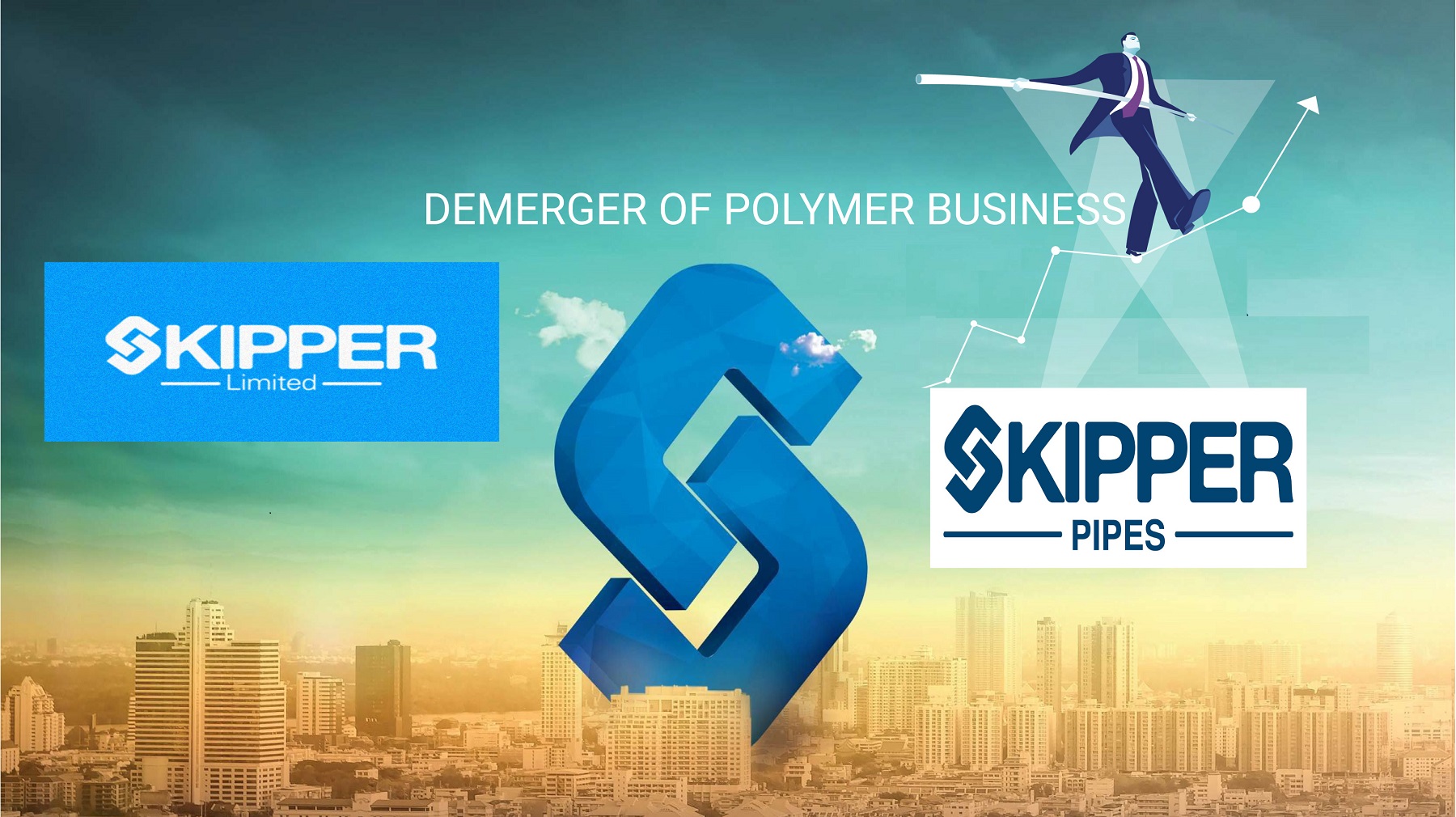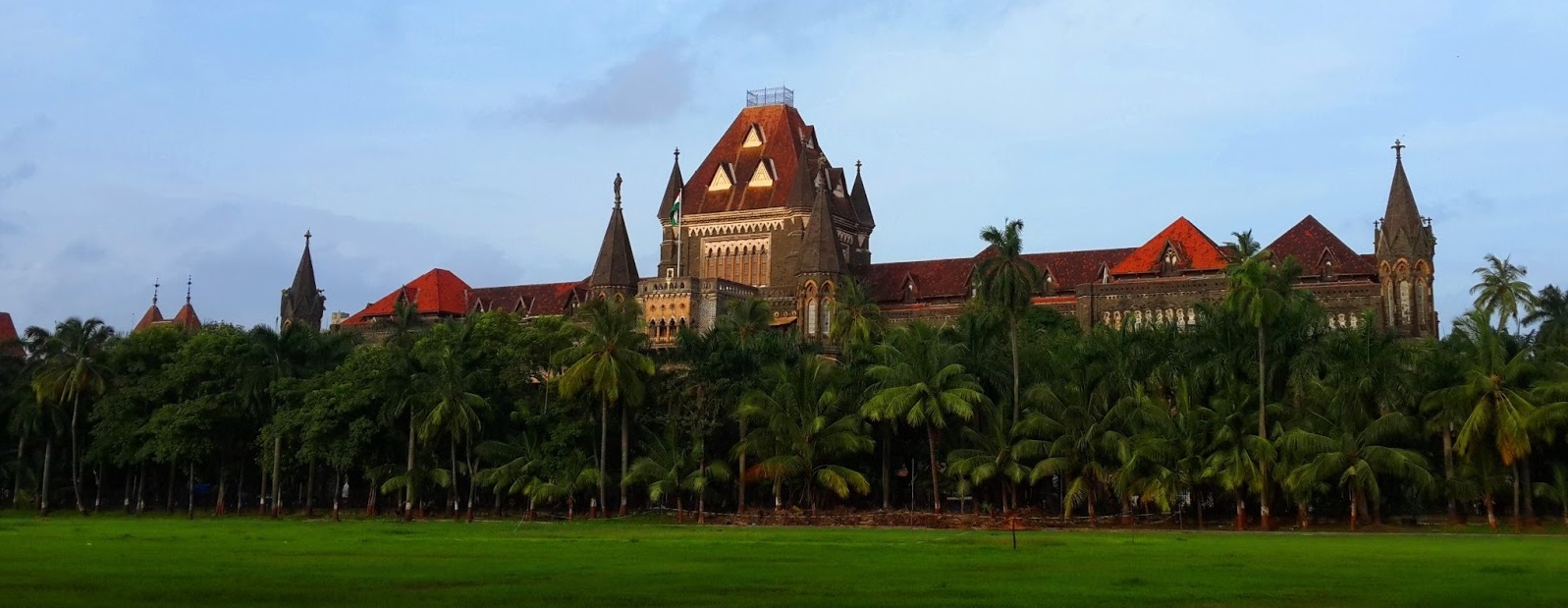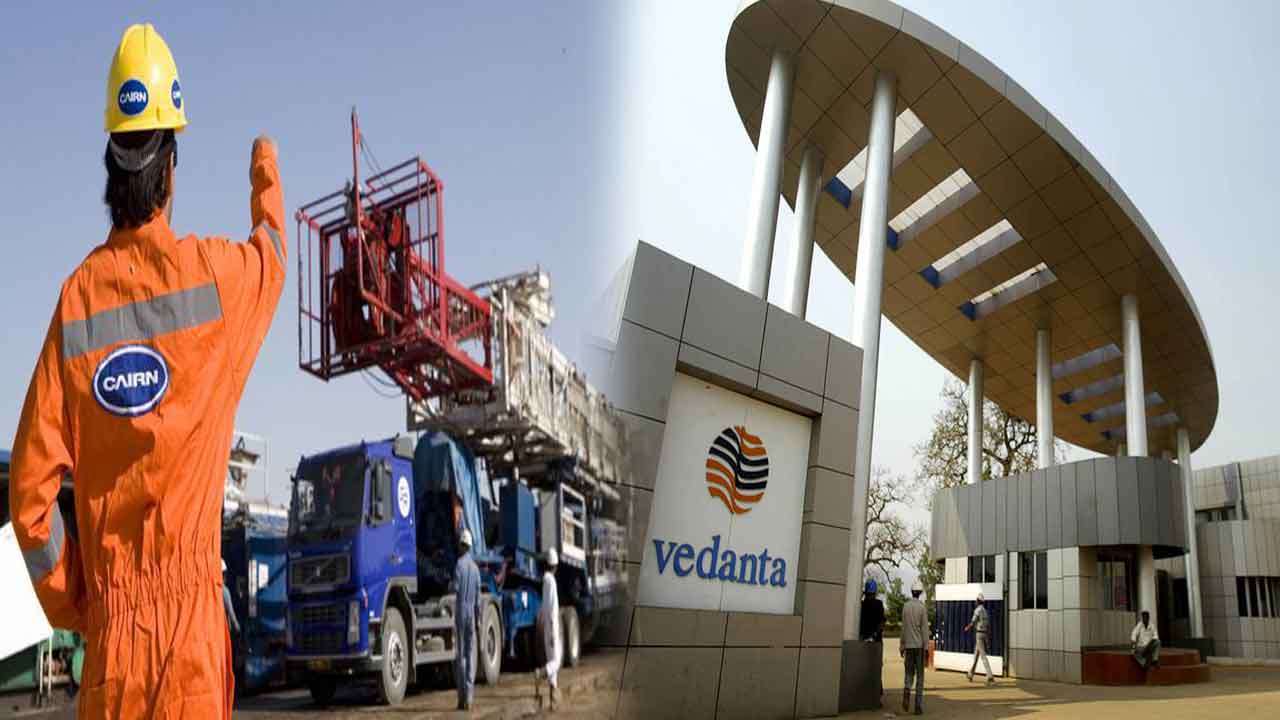New Delhi: With overseas business making up 70% of Tata group’s revenue, chairman Cyrus Mistry remains optimistic about acquisitions—both within and outside India—as also growth through the organic route.
Mistry wants his companies to have speed and agility to adapt to “turbulent times”. Each of the group companies is charting its own strategy and growth story, with a focus on sustainable and profitable growth, he asserted.
“We continue to remain open to growth opportunities in India and overseas, through the organic route and acquisitions,” he said. The group invested Rs.4,15,000 crore ($79 billion) in capex over the last decade. Of this,Rs.1,70,000 crore ($28 billion) was invested in the last three years alone.
In an interview with the in-house magazine, Mistry, who took over the reins in late 2012 from the legendary Ratan Tata, also spoke about coming to grips with the responsibility of chairmanship, multiple challenges facing Tata companies, essentials of technology, innovation and customer centricity, and continuing Tatas’ commitment to societal causes.
“We recognise that growth has to be a function of the operating cash flows we generate. At the group level, over the last three years, our operating cash flows have grown at over 30 percent CAGR. But this, as we know, is not the appropriate way to use such data – our individual companies need to earn the right to grow,” Mistry said.
“At the group level, we are focused on helping our companies earn this right by building strong operational cash flows and looking at their capital structures.” But he struck a note of caution: Capex should not be looked in isolation from investment in talent, brands and technology. He feels these will be the true differentiators in future. “We are building the Tata group of the next 150 years,” he said.
Tata group’s international revenues are close to 70% of its composite turnover. Also, a majority of the group’s capital expenditure in the last three years have been in foreign geographies. With the opening up of two new markets of Iran and Myanmar, several Tata firms are “gaining traction there”.
“On the risks front, if we are not agile, I think we will be left behind,” Mistry noted.
Highlighting the need for organisational speed and agility and an openness to change, he said organisational agility is crucially important in the context of the turbulent environment. “We have organisations which have strong hierarchical structures and processes that actually mirror the structures. If we have to be agile in today’s environment, we need to think of other organisational structures. This would involve having network structures which work alongside traditional, hierarchical ones,” he said.
Mistry called for caution so as to have right composition of teams that can collaborate and break through hierarchical processes when needed. “Fundamentally, Tata companies need to have robust strategies to deliver sustainable and profitable growth,” he said.
“Harnessing innovation and technology as differentiators will drive growth, even in the face of change.” Mistry also dwelt on appropriate investments in research and development together with a multi-layered understanding of customers that can lead to possibilities of creating new industries, products and business models.
Recognising the digital wave, the Tatas are incubating three companies. Tata CLiQ, the e-commerce platform, is an omnichannel marketplace with curated products. Tata iQ, the big data play, uses data analytics and Tata Digital Health is building the de facto platform for healthcare in India. “We will continue to invest in our strong business-to- business enterprises where we have powerful drivers for long-term value creation. In all our businesses, we are emphasising on the importance of corporate foresight and customer insight. Companies that are able to understand longer-term trends and anticipate evolving customer needs will be well placed to make the most of these changes,” he added.
Mistry termed his assuming office as more than a “routine” change of guard at the leadership level. “It was a generational change,” he stressed. “My initial approach was to adopt a listening mode. A corollary to this development was that we filled the vacuum in the leadership team with a judicious amalgam of maturing leaders from within the group as well as lateral inductees who brought in fresh perspectives and new knowledge,” he explained.
To Mistry, earning trust and respect of all chief executives, boards of directors and external stakeholders was paramount to successfully lead the group, rather than relying on the position of chairman as the primary basis of authority. “This meant building enough depth of knowledge about specific domains to ask the right questions while exposing myself to a variety of views on geopolitics, technology and societal issues. A learning orientation on my part was essential,” Mistry added.
After obtaining a deeper understanding of the group, he focused on identifying areas that needed special attention.
Recent Articles on M&A
Source: Mint




